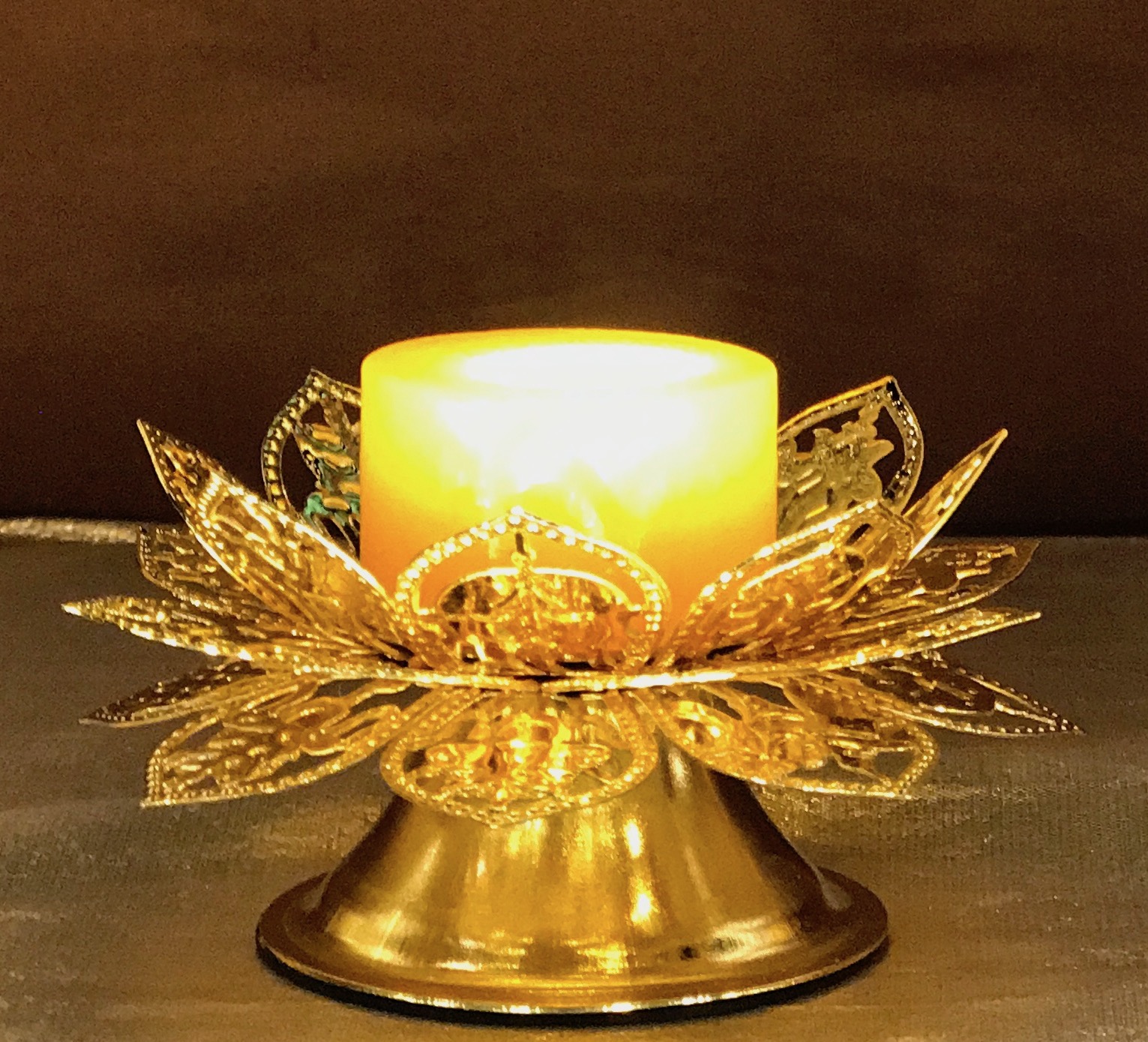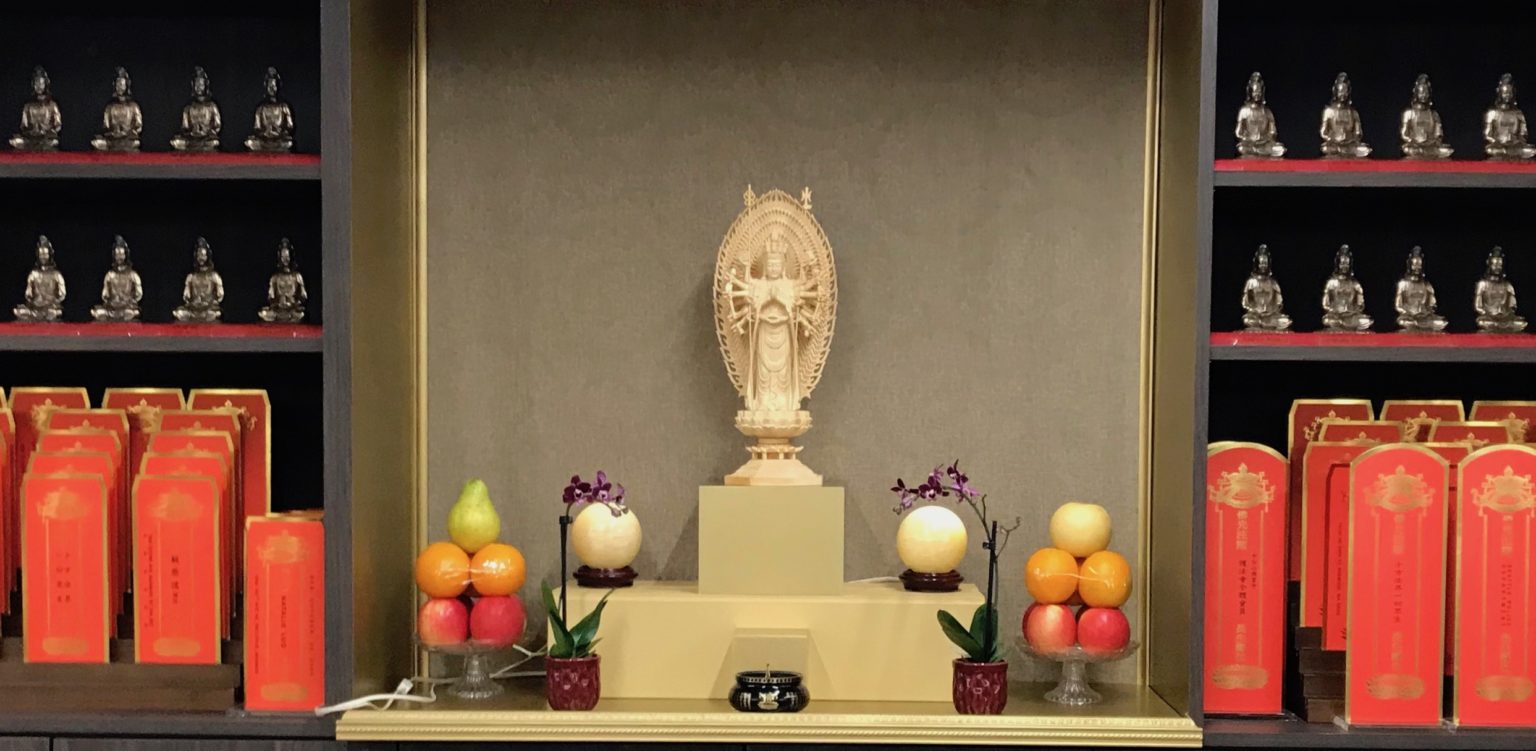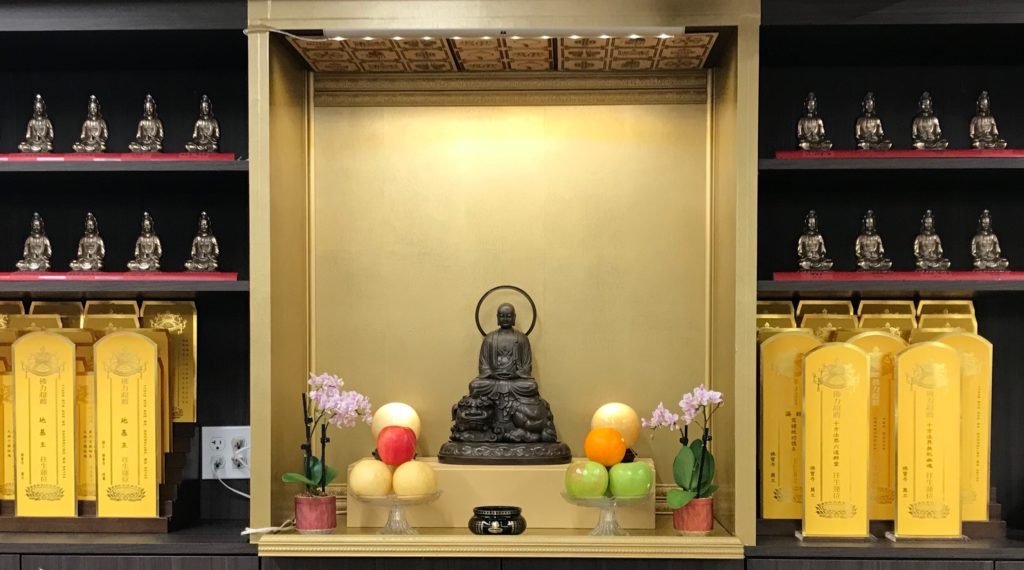Buddhist Ceremony
Countless Are Sentient Beings, I Vow To Liberate
Description
Inviting the Celebrant Master
We first invite the Abbess into the Chan Hall to conduct the ceremony. The assembly joins their palms to express their deep reverence to the Three Jewels (the Buddha, Dharma, and Sangha)
Bows and Prostrations
Bowing and prostrating help us overcome our egoism and arrogance. They show our deep respect to the Buddha for his qualities such as compassion, concentration, and wisdom, and inspire us to develop these qualities ourselves.
Sutra Chanting
Sutras are a part of the Buddhist liturgy. By chanting the sutras together, we purify our karma, cultivate a pure mind, dedicate our merits to all sentient beings, and pray for world peace.
Offerings
An offering is a practice in giving; it reduces our greed and helps cultivate our compassion. During the ceremony we make lamp, flower, and incense offerings.
- Lamp symbolizes our intrinsic wisdom. The light of wisdom dispels the darkness of ignorance.
- Flowers symbolize the impermanence of this life. We appreciate their transient beauty and learn to be mindful of each moment.
- Incense symbolizes spiritual cleansing or purifying as well as the fragrance of pure moral conduct. The fragrance of the incense permeates all the worlds, imparting blessings to all beings.
Etiquette
A ceremony is an opportunity to cultivate our Buddhist practice and to dedicate merits to all sentient beings. Reverence and gratitude for the wisdom and compassion of the Buddha are integral aspects of Buddhist etiquette.
Lamp Offering
Kindle the light before buddha
Extinguish the burning in your heart
With Great Perfect Wisdom, I vow
To shine on all that is dark



Blessing & Memorial Service
There are two types of Blessing Ceremonies: one is to bring blessings to one’s family and relatives who are still living; the other is dedicated to the deceased. In both services, the participants chant sutras and mantras to pay respect and homage to the Three Jewels – the Buddha, Dharma, and Sangha, which represent perfect wisdom and compassion, the solution and relief for all suffering. Relying on the power of compassion of the Three Jewels, the participants pray for the removal of disasters and obstacles, for growth in wisdom and prosperity in the lives of their family, for a pure, bright, and harmonious universe, as well as for the deceased to be reborn in the realms of the pure and blessed.
